I have good and bad news for you today. Let’s start with the bad news: to make this recipe you’ll most likely need to shop somewhere beyond your everyday supermarket. However! Now that we have that out of the way, the good news is that I will teach you how to make Ethiopian berbere that is genuinely authentic tasting. It’s easy to make, freezes well, and tastes like you’re eating at an Ethiopian restaurant.
I took the time to learn how to make my own berbere paste because I’ve long adored Ethiopian food; but homemade versions seemed to always fall flat. Even berbere blends sold in stores didn’t quite have the flavor that I was looking for. They tasted like a delicious and slightly hot combination of warm spices, but there was definitely something missing.
Eventually I learned that to get the flavor I’m looking for, the necessary spices include ajwain seeds (also known as carom) and nigella seeds (something you may have seen adorning naan). Although Ethiopian is an African cuisine, both of these spices are easy to find at any Indian market, or easily procured on Amazon or other online purveyors. I’ve successfully used a substitute for the New Mexico chile before, but berbere isn’t quite the same without the ajwain and nigella.
(This reminds me of some of the homemade chana masala recipes I see floating around. While simpler versions can be delicious, if you want it to really taste like the restaurant version you’ve tried, you’ll need a few extras. If you want an authentic chana masala, Vegan Richa has you covered).
So yes, making your own authentic berbere at home is a little bit of a project. But when you taste that earthy blend of flavors and creeping heat, you’ll agree it was worthwhile. If you reeeeaalllyyyy still don’t want to make this, for best results try to look for an imported berbere blend to buy that includes the spices I mentioned :).Spice
It’s really the ingredients that are more of a hassle – the steps for this berbere recipe are pretty simple, if perhaps a little tedious. First things first, if starting from whole dried New Mexico chiles, they need to be ground into a powder. I remove the seeds, chop them and add them to my coffee grinder to pulverize them.
Next, begin making the berbere paste by cooking down a mixture of garlic, onions, and ginger. Add whole spices until they’re roasted, then add some more ground spices, including New Mexico chili powder. Finally, add water, and a few basil leaves. Blend everything together until smooth.
And that’s it! You are now empowered to make deliciously authentic tasting Ethiopian-inspired dishes using your own homemade berbere paste! Berbere is wonderful for seasoning just about any vegetarian dish, but (IMO) especially lentils.
Homemade Berbere Paste
Ingredients
- 1 and 1/2 tbsp vegetable oil divided
- 1/2 medium red onion minced
- 6 cloves garlic minced or grated
- 1/2 inch fresh ginger minced or grated
- 3/4 tsp salt
Whole spices:
- 1 tbsp coriander seeds
- 8 cloves
- 1/2 tsp nigella seeds
- 1/4 tsp ajwain seeds
- 1/4 tsp fenugreek seeds
- 1/4 tsp cardamom seeds (removed from the husk)
Ground spices:
- 1/4 cup New Mexico chile powder
- 2 tbsp granulated onion (or 2 tsp onion powder)
- 1 tbsp paprika
- 1/2 tsp cayenne
- 1/4 tsp ground cinnamon
Conclusion:
- 1/2 oz fresh basil (optional) (about 8 leaves)
- 1/2 cup water
Instructions
- Before starting to cook, measure out all of your spices into two groups: the whole spices and the ground spices (divided in the ingredients above). This will ensure that everything goes smoothly.
- In a saucepan over medium heat, add 1 tablespoon of oil along with the onion, garlic, ginger, and salt. Cook, stirring frequently, until the onion is softened and beginning to brown, 4 to 6 minutes.
- Add the remaining 1/2 tablespoon of oil along with all of the whole spices. Continue to cook over medium heat, stirring frequently, until the spices are beginning to become fragrant and toasted, about 2 minutes.
- Add the ground spices and continue to cook, stirring constantly, for about 60 seconds more or until the spices are aromatic and starting to stick. Immediately remove from the heat and transfer to a blender or food processor. Add the water and the basil if using, and blend until a smooth paste is formed.
- Once cooled, your berbere paste can be stored for 1 to 2 weeks in the fridge; it also freezes well. Use it in Ethiopian recipes, 1:1 for ground berbere. Or stir a tablespoon or two into legume or vegetable dishes to give them some flair.
Notes
Nutrition
Adapted from the amazing Teff Love.

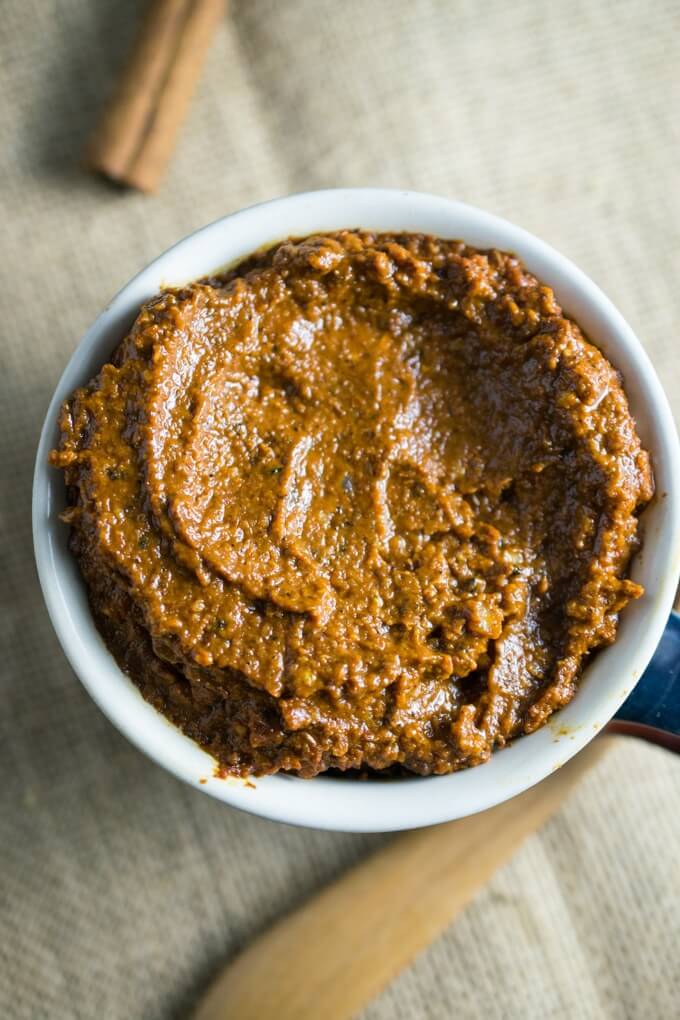
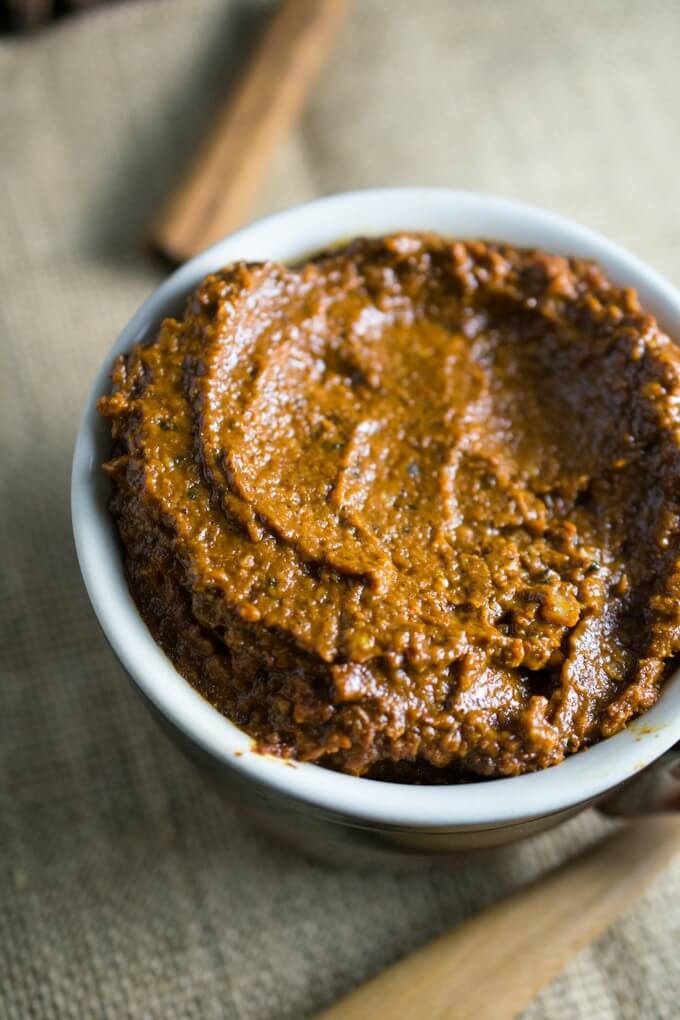
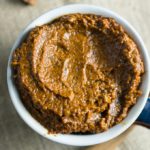

 I'm Shannon, the writer and photographer of Yup, it's Vegan! I'm a morning person based in Baltimore, USA. My mission is to create healthy plant-based recipes that anyone would enjoy, using seasonal produce with inspiration from global flavors.
I'm Shannon, the writer and photographer of Yup, it's Vegan! I'm a morning person based in Baltimore, USA. My mission is to create healthy plant-based recipes that anyone would enjoy, using seasonal produce with inspiration from global flavors.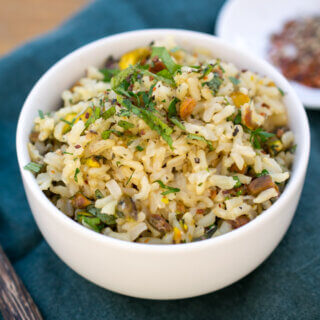

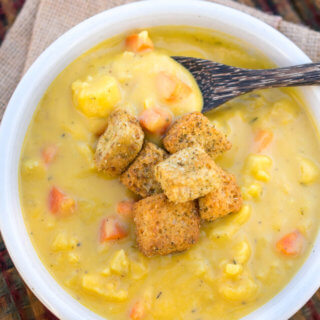
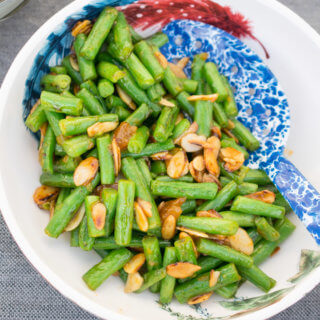




Paul says
I’ve been growing Ethiopian brown peppers and drying them. They have a distinctive fruity heat. I’m tempted to try this recipe with some of those.
Paul says
Did you try it? I’ve been growing and cooking with Ethiopian browns for a few years now and I am ready to try making berbere.
Dan says
Haha no worries thanks Shannon for replying so quickly! I’ve just started cooking, smells amazing already
Dan says
Hi, thanks so much for this amazing recipe – one question though: you mention tomato paste once in the intro, and then not again in the recipe… how much of it would you recommend adding? Thank you! About to start making it right now 🙂
Shannon @ Yup, it's Vegan says
Hi Dan,
That must have been a total brain fart on my part. There is no tomato paste in the recipe. I updated the post to remove that mistake. Enjoy!
Linda says
My favorite restaurant is Addis Red Sea in Boston. I worked above it for a few weeks and the smell was heavenly. It’s frustrating to make something and have it go bad because you can’t use that much in time. Since this is a paste instead of a powder, can it be frozen or refrigerated? How long will it remain edible?
Shannon @ Yup, it's Vegan says
Great question! In my experience this has stayed good in the fridge for over a week but less than 2. It freezes very well. I recommend dividing it into tablespoon-sized portions before freezing you can thaw the exact amount that you need.
Heba says
Thankyou For sharing